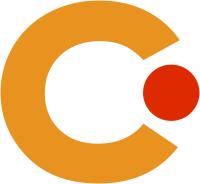Am I the Odd One? Exploring (In)Congruencies in the Realism of Avatars and Virtual Others in Virtual Reality
arXiv, (2024)Preprint.DOI: 10.48550/arXiv.2403.07122
Abstract
Virtual humans play a pivotal role in social virtual environments, shaping users' VR experiences. The diversity in available options and users' preferences can result in a heterogeneous mix of appearances among a group of virtual humans. The resulting variety in higher-order anthropomorphic and realistic cues introduces multiple (in)congruencies, eventually impacting the plausibility of the experience. In this work, we consider the impact of (in)congruencies in the realism of a group of virtual humans, including co-located others and one's self-avatar. In a 2 x 3 mixed design, participants embodied either (1) a personalized realistic or (2) a customized stylized self-avatar across three consecutive VR exposures in which they were accompanied by a group of virtual others being either (1) all realistic, (2) all stylized, or (3) mixed. Our results indicate groups of virtual others of higher realism, i.e., potentially more congruent with participants' real-world experiences and expectations, were considered more human-like, increasing the feeling of co-presence and the impression of interaction possibilities. (In)congruencies concerning the homogeneity of the group did not cause considerable effects. Furthermore, our results indicate that a self-avatar's congruence with the participant's real-world experiences concerning their own physical body yielded notable benefits for virtual body ownership and self-identification for realistic personalized avatars. Notably, the incongruence between a stylized self-avatar and a group of realistic virtual others resulted in diminished ratings of self-location and self-identification. We conclude on the implications of our findings and discuss our results within current theories of VR experiences, considering (in)congruent visual cues and their impact on the perception of virtual others, self-representation, and spatial presence.

